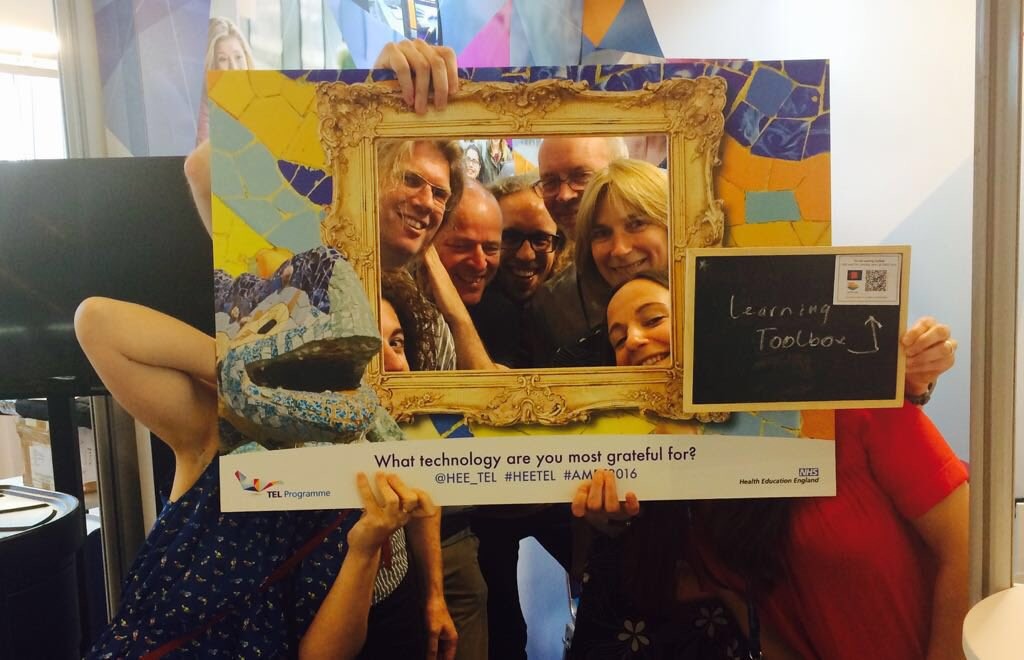Unconferencing at AMEE
I am way behind writing things up at the moment – too much going on.
Anyway two weeks ago I was with the Learning Layers team at the Association for Medical Education in Europe (AMEE) conference in Barcelona. We organised a Barcamp session, had a stand, Tamsin and Sebastion presented a paper and a couple of colleagues presented posters.
Obviously with the stand I didn’t get a chance to go to many sessions but did get to talk at some length to quite a few delegates. The conference was big, with over 3200 individuals attending. What impressed me was that the conference seemed to be made up predominantly of practising educators- and at least from looking at some of the over 600 posters to be extremely practice focused. Regard9ing educational technology, there was a perhaps to be expected interest in the potential of Augmented Reality and simulations. But generally delegates (or at least those I talked too) seemed to regard educational technology as a given.
Once more, this may have been a self selected sample of those interested in Learning Layers technologies designed more to support informal learning than traditional classroom teaching, but there seemed to be a growing frustration with the limitations of Learning Management Systems.
The double unconferencing session we ran – promoted as a Barcamp was very well received. After a short introduction into the idea of a Barcamp, participants themselves decided on the topics to be discussed at a series of four round table sessions. Some of the action was captured on a Google doc which can be viewed here.
And there have a number of participants writing about their own experiences of the BarCamp in blogs about the conference (more about the Joycards in a future blog entry).
Natalie Lafferty’s Highlights from AMEE – mention the BarCamp, Learning Layers, Learning Toolbox and the informal learning JoyCard. She shared these reflections on twitter as well.
The Learning Layers BarCamp and the informal learning JoyCard are two of Barbara Jenning’s Top 10 Highlights of AMEE in her storify which was also shared on twitter.
Given the positive feedback – and the obvious knowledge sharing and learning which took place, it makes me wonder why more conference have not adopted BarCamps or similar unconferencing sessions. It seems AMEE is open to different formats and we hope to repeat the experiment again next year. But all too often conferences are sticking to the tried and tested, despite the frequently repeated observation that more is learned in informal chats at breaks and in the evening than n formal paper presentations.

